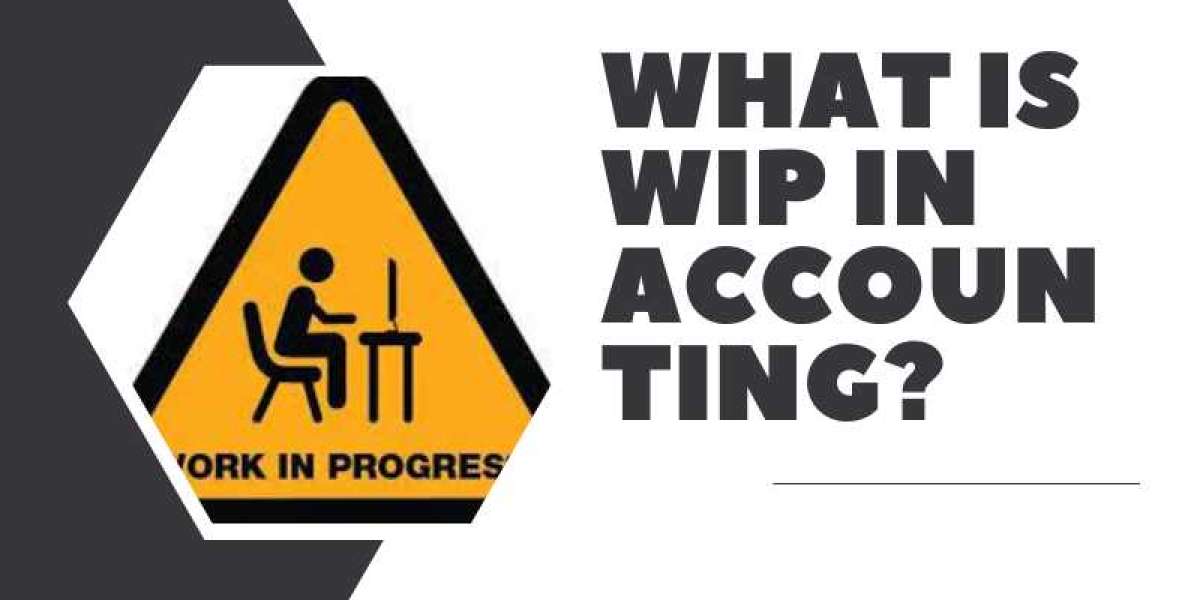Recording Work in Progress (WIP) in accounting is essential for businesses that engage in projects or manufacturing, where the completion of products or services may span multiple accounting periods. WIP represents the value of partially completed work that has not yet been recognized as revenue. Properly accounting for WIP helps ensure accurate financial reporting.
Here's how to record WIP in accounting:
Understand the Concept:
Before you begin, it's crucial to understand what WIP represents in your business. It typically includes the cost of materials, labor, and overhead for partially completed goods or services.
Choose an Accounting Method:
There are two primary methods to account for WIP: the Percentage of Completion Method and the Completed Contract Method.
Percentage of Completion Method: Recognize revenue and expenses as a project progresses based on the percentage of completion. This method requires estimating the percentage of work completed.
Completed Contract Method: Recognize all revenue and expenses related to the project only when it's completed.
Set Up WIP Accounts:
Create WIP accounts on your balance sheet to track the value of work in progress. Typically, you'll have separate WIP accounts for different projects or product lines.
Record WIP Transactions:
When you incur costs related to a project or manufacturing process, record them in the appropriate WIP account(s). These costs include materials, labor, and overhead.
Debit the WIP account(s) to increase their value. For example, if you incur $1,000 in labor costs, debit the WIP account by $1,000.
Allocate Overhead:
Overhead costs, such as rent, utilities, and administrative expenses, should be allocated to WIP based on a predetermined rate. This rate is typically calculated using the estimated overhead costs and an allocation base, such as direct labor hours or machine hours.
Calculate Percentage of Completion (if using Percentage of Completion Method):
Estimate the percentage of work completed for each project. This can be based on physical progress, costs incurred, or other reliable measures. This percentage determines how much revenue and expenses to recognize.
Recognize Revenue and Expenses (if using Percentage of Completion Method):
Multiply the estimated percentage of completion by the total expected revenue and expenses for the project.
Debit the WIP account and credit the Revenue and Expense accounts accordingly.
Review and Adjust:
Regularly review your WIP accounts and adjust them as necessary. If the project's scope or costs change, make the corresponding accounting entries.
Complete the Project:
When the project is completed, transfer the remaining balance in the WIP account to the appropriate revenue and expense accounts.
Financial Statements:
Include information about WIP in your financial statements, such as your balance sheet and income statement, based on the accounting method you chose.
Compliance:
Ensure that your WIP accounting follows accounting standards and regulations relevant to your jurisdiction.
It's important to note that accounting for WIP can be complex, especially for large and long-term projects. Consulting with a professional accountant or financial advisor can be beneficial to ensure accurate and compliant WIP accounting for your specific business needs.








